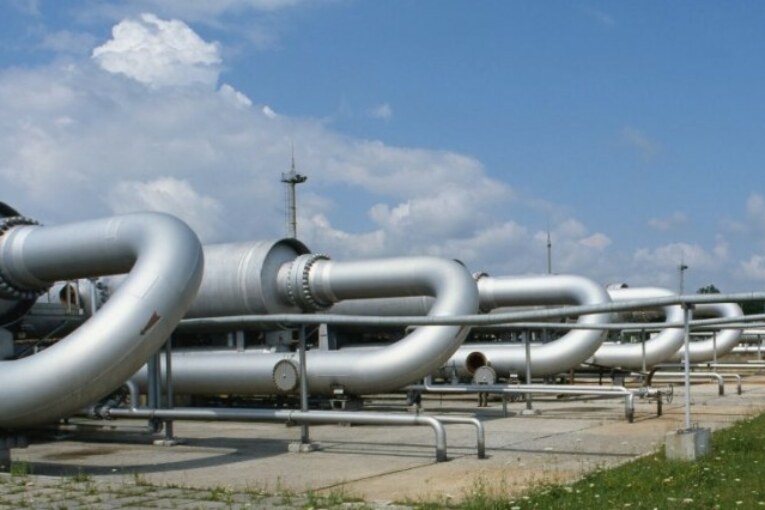
U.S. natural gas futures fell about 4% on Tuesday as the gas market followed an 8% drop in oil prices.
That gas price decline came even though daily gas output dropped and amid forecasts for hotter weather and more demand over the next two weeks than previously expected.
The heat has already boosted power demand in several parts of the country to record levels, including in Texas, and caused generators to burn more gas to produce electricity to keep air conditioners humming.
Also weighing on gas prices, traders noted the ongoing outage at Freeport LNG’s liquefied natural gas (LNG) export plant in Texas has left more gas in the United States for utilities to refill low stockpiles for the winter.
Freeport, the second-biggest U.S. LNG export plant, was consuming about 2 billion cubic feet per day (bcfd) of gas before it shut on June 8. Freeport LNG has said the facility could return by October. Some analysts, however, think the plant could remain shut for a longer period.
After weeks of rising volatility, front-month gas futures for August delivery fell 26.3 cents, or 4.1%, to settle at $6.163 per million British thermal units (mmBtu). Earlier in the session, gas futures were up almost 6%.
Gas market close-to-close volatility over the past 30 days rose to its highest since March. Volatility hit a record high in February.
Oil futures were down on a stronger U.S. dollar and a weaker demand outlook.
The premium of gas futures for August over September rose to a record high for a third day in a row.
So far this year, the front-month is up about 66% as much higher prices in Europe and Asia keep demand for U.S. LNG exports strong, especially since Russia’s Feb. 24 invasion of Ukraine stoked fears Moscow would cut gas supplies to Europe.
Gas was trading around $51 per mmBtu in Europe and $39 in Asia .
Russian gas exports on the three main lines into Germany – Nord Stream 1 (Russia-Germany), Yamal (Russia-Belarus-Poland-Germany) and the Russia-Ukraine-Slovakia-Czech Republic-Germany route dropped from an average of 3.7 bcfd since mid-June to just 1.6 bcfd on Monday with the shutdown of Nord Stream for maintenance.
That is down from around 6.5 bcfd in early June and an average of 9.4 bcfd in July 2021.
The group operating Nord Stream said the pipe should return around July 21. Analysts, however, the outage could last longer.
TOP PRODUCER
U.S. futures lag far behind global prices because the United States is the world’s top producer, with all the gas it needs for domestic use, while capacity constraints limit LNG exports.
Data provider Refinitiv said average gas output in the U.S. Lower 48 states has risen to 96.1 bcfd so far in July from 95.3 bcfd in June. That compares with a monthly record high of 96.1 bcfd in December 2021.
On a daily basis, however, U.S. output was on track to drop by 3.2 bcfd to nearly a 11-week preliminary low of 93.3 bcfd on Tuesday. That would be the biggest daily decline since output plunged by a record 5.7 bcfd on one day during the 2021 February freeze. Preliminary data is often revised later in the day.
With hotter weather coming, Refinitiv projected average U.S. gas demand including exports would rise from 98.0 bcfd this week to 98.9 bcfd next week. Those forecasts were higher than Refinitiv’s outlook on Monday.
The average amount of gas flowing to U.S. LNG export plants has slid to 11.1 bcfd so far in July from 11.2 bcfd in June. That was down from 12.5 bcfd in May and a monthly record of 12.9 bcfd in March due to the Freeport outage.
The seven big U.S. export plants can turn about 13.8 bcfd of gas into LNG.
You can read more of the news on source



